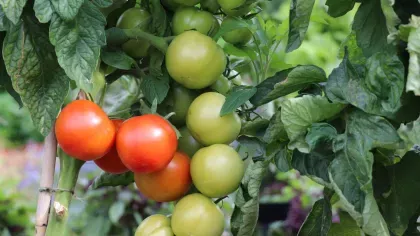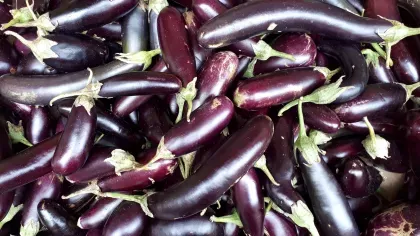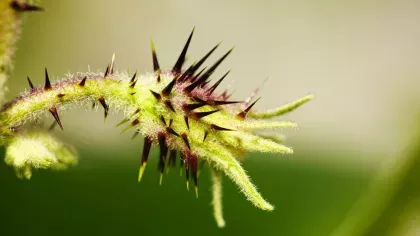
Ashwagandha
Used for thousands of years in Ayurveda medicine across the Indian subcontinent, ashwagandha remains popular today as a herbal supplement to reduce stress and improve sleep.
Other claims of its effectiveness in treating diseases such as cancer have less clinical evidence to support them.
The key part of the plant for health benefits are the long roots, which are usually dried and ground to a fine powder.
The plants name comes from a combination of the Sanskrit words 'ashva', meaning horse, and 'gandha', meaning smell, as the root has a strong horse-like odour.
Plant description
Ashwagandha grows as a small shrub between 30cm to 3m tall. The green branches are covered with a layer of white wooly hairs. The leaves are around 10cm long and 4cm wide, dull green, oval shaped and slightly hairy. The flowers are very small, only a few millimeters across, and are greenish yellow. If pollinated, they produce small green berries that ripen to red-orange.




Plant uses
Cultural
Powdered ashwagandha root has been used in Ayurveda medicine for thousands of years.
Food and drink
Ashwagandha root is used to make teas that encourage good sleep.
Health
Taken as a supplement, ashwagandha root is linked to improved sleep, reduced stress, improved blood sugar control and concentration.
Did you know?
As a member of the nightshade family, Solanaceae, ashwagandha is a cousin to the tomato, the potato and the aubergine.
The species name of ashwagandha, somnifera, refers to the sleep-inducing capabilities of the root.
There are concerns that ashwagandha products could interact with drugs used to treat diabetes and high blood pressure.
Where in the world?

In cultivated lands, on termite mounds in grassland and open woodland.





